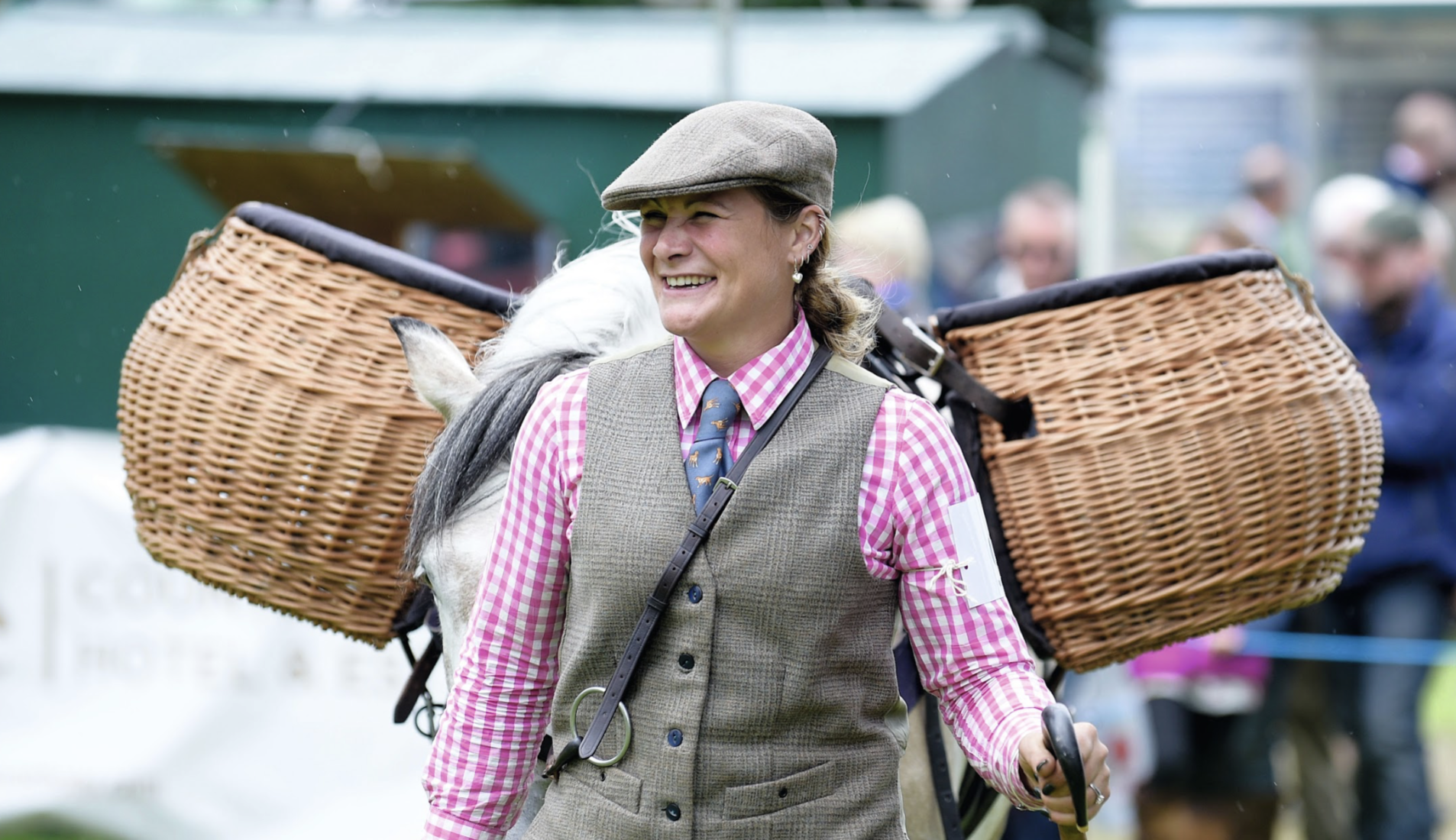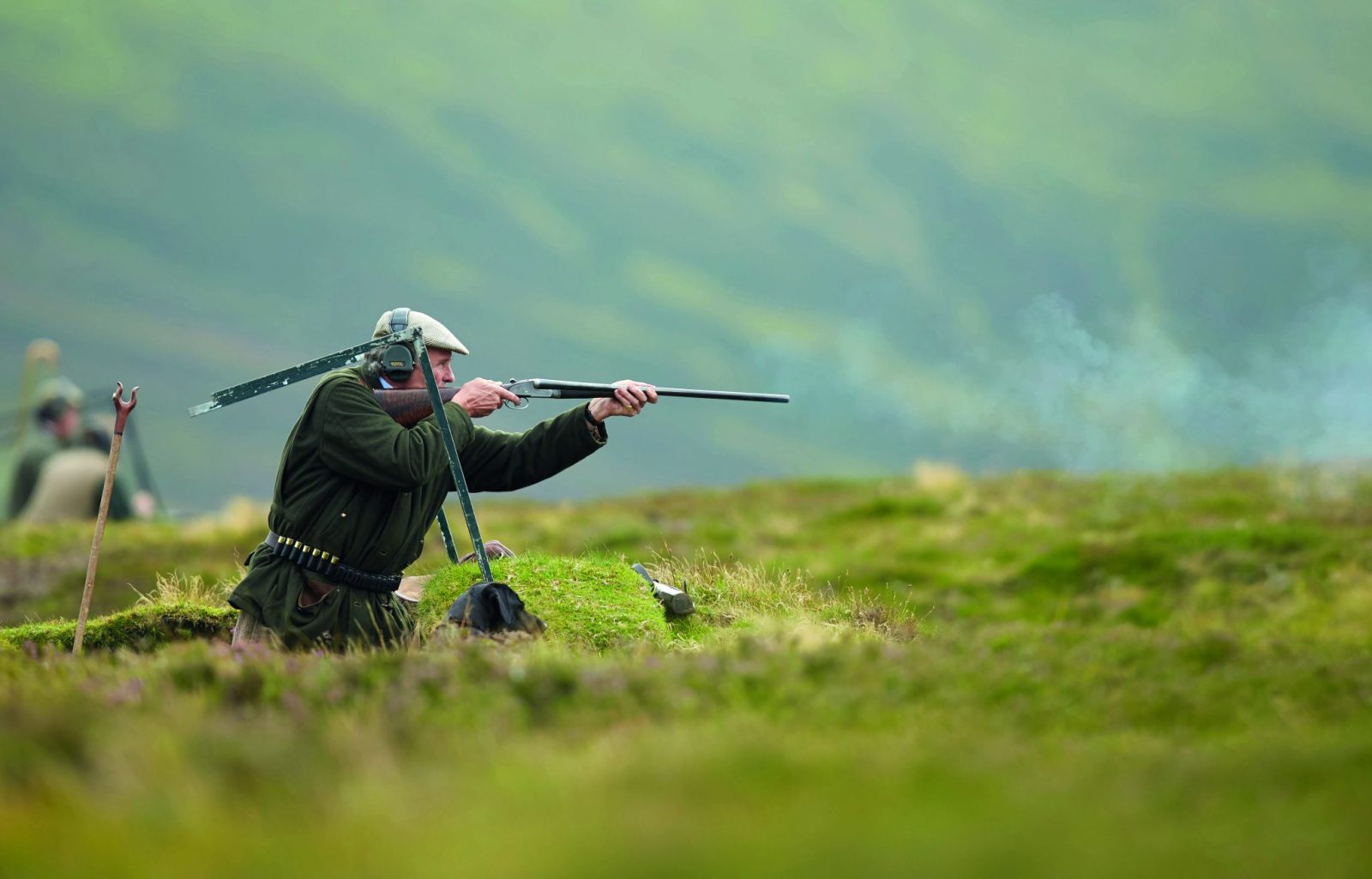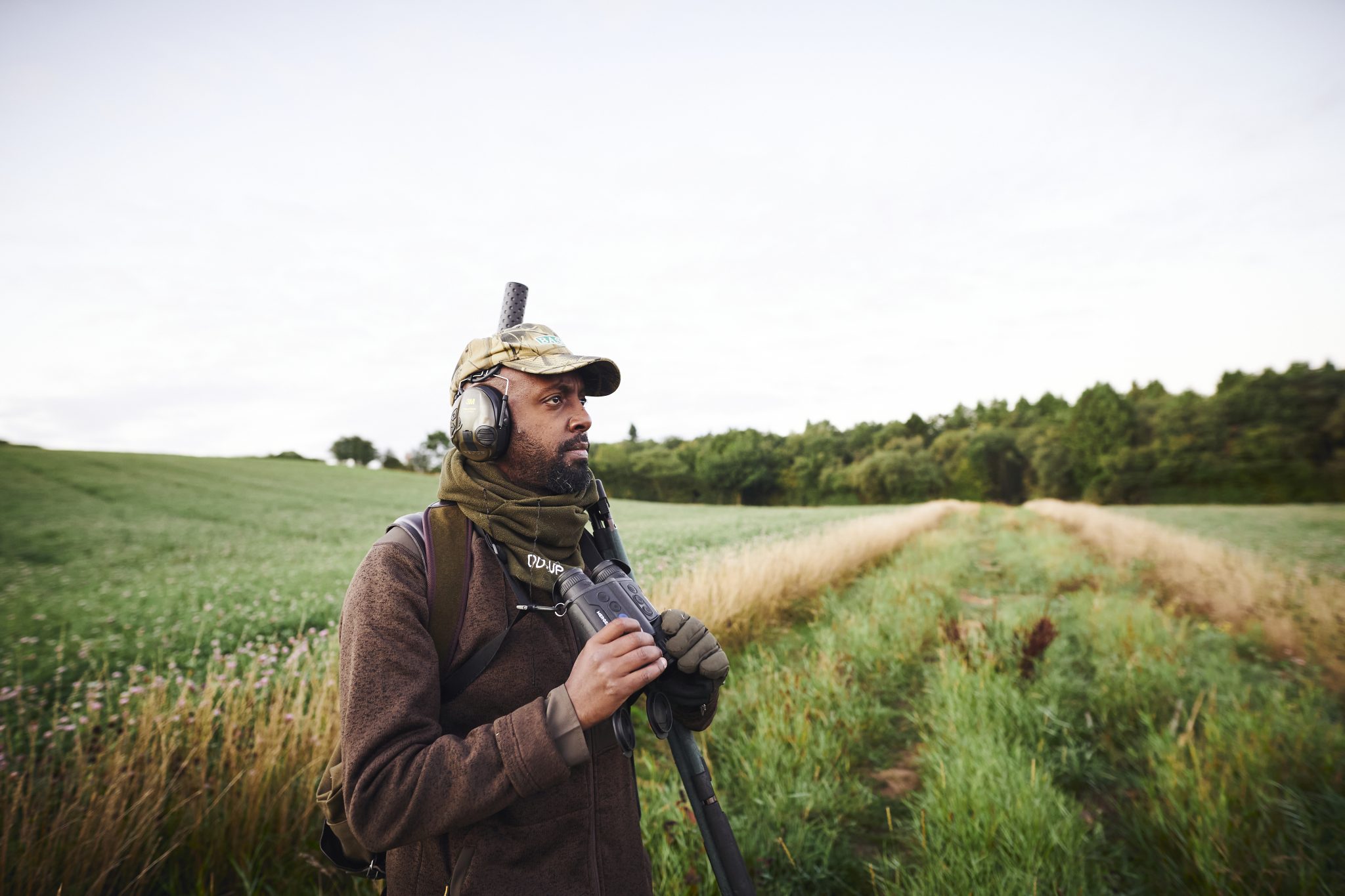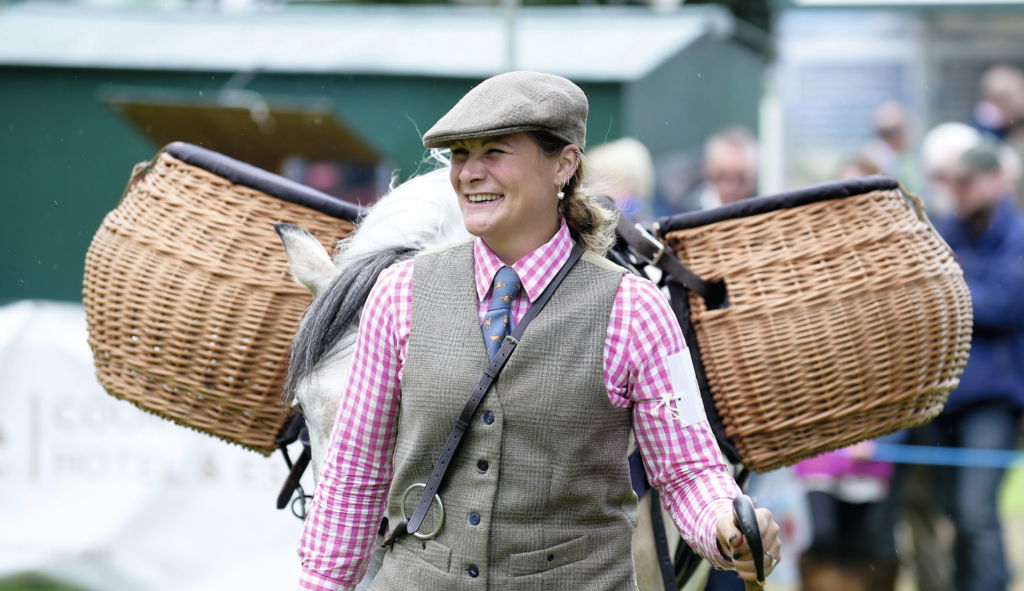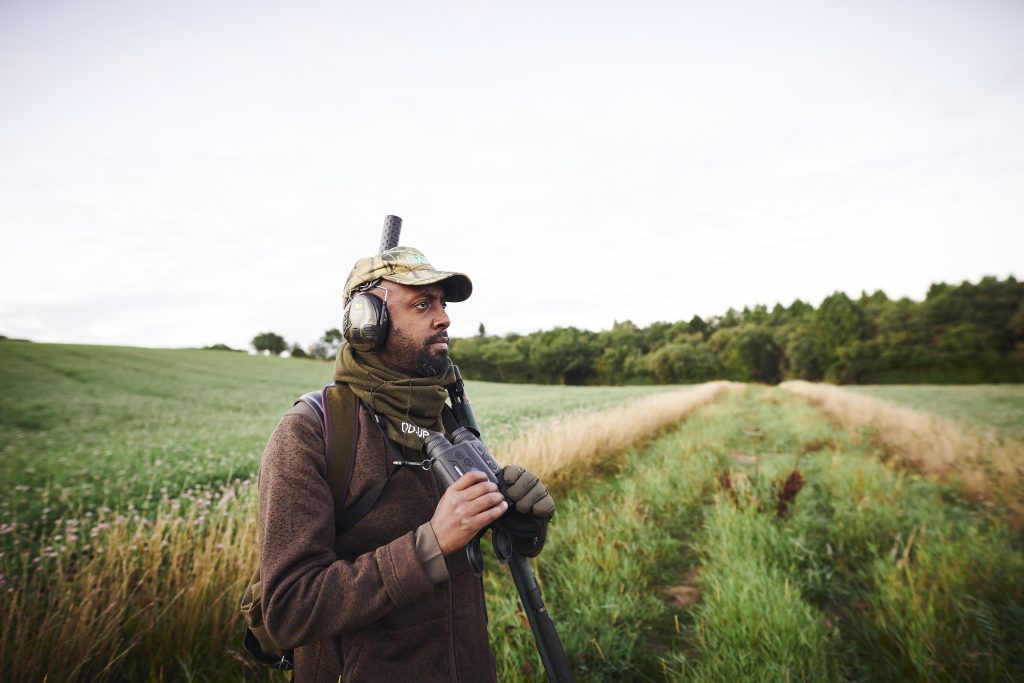Win CENS ProFlex DX5 earplugs worth £1,149 – enter here
News
Campaigners halt £2m forestry on the Border
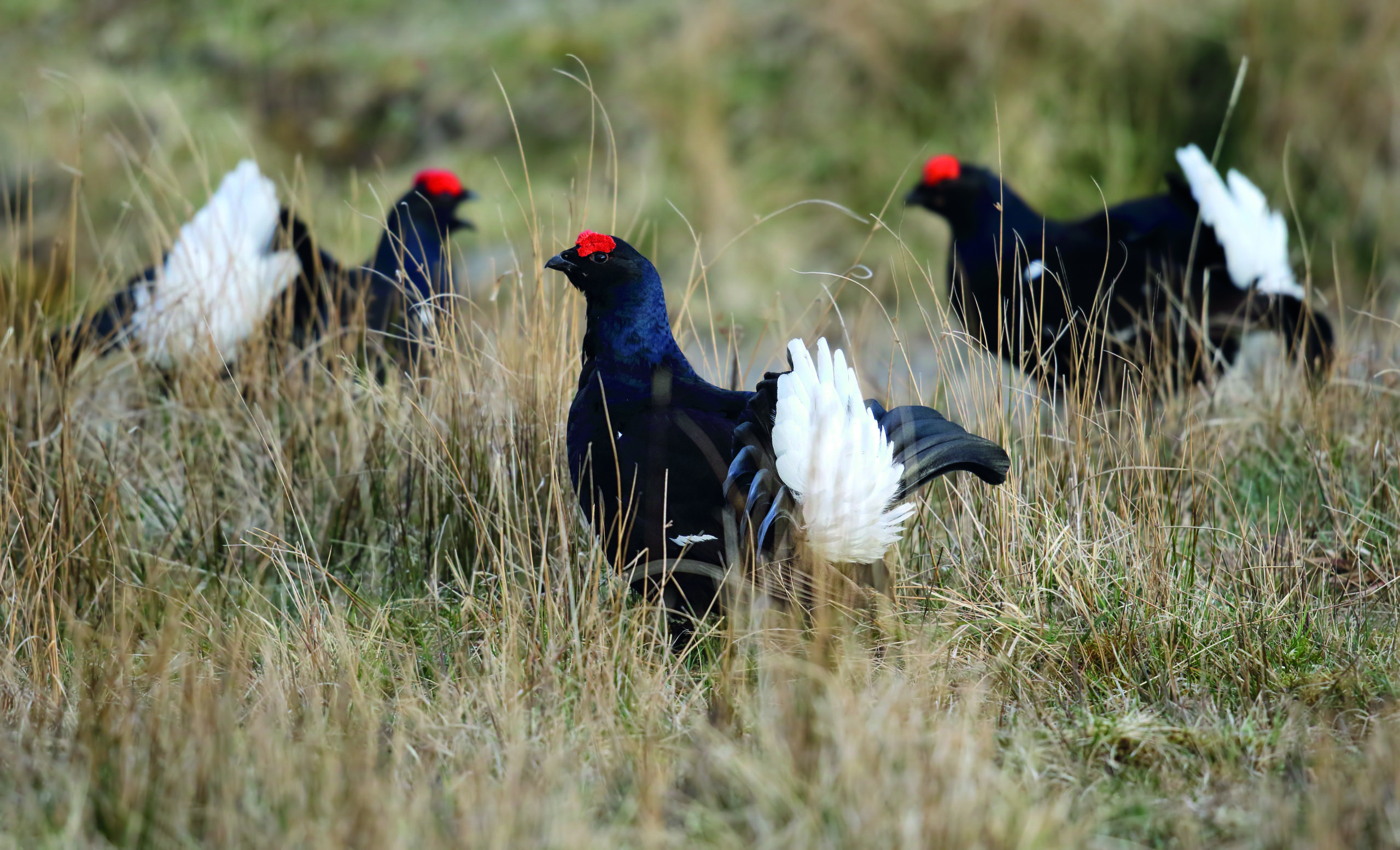 Male Black Grouse, Blackgame or Blackcock (Tetrao tetrix) displaying at the lek. Scotland, UK.
Male Black Grouse, Blackgame or Blackcock (Tetrao tetrix) displaying at the lek. Scotland, UK.
A campaign group has halted the planting of a commercial forest on moorlands inhabited by black grouse in the Scottish Borders. A legal challenge by Stobo Residents Action Group (SRAG) against the government-backed woodland creation scheme has stopped operations.
If a review by Scottish Forestry sides with the protesters, thousands of recently planted trees could be uprooted to allow for the hillsides to be restored to natural moorland.
The Forestry Carbon Sequestration Fund, which is managed by the Guernsey-based investment company True North, was awarded more than £2million from the government’s forestry grant scheme for creating the woodland across 10km2 north of Peebles.
However, locals formed an action group to fight the decision, as the heather-covered moorlands are home to black grouse, golden eagles and other protected species, while also lying within a designated National Scenic Area.
During last month’s judicial review in the Court of Session, it was revealed that blanket herbicide spraying had taken place on around 400 hectares of the valley. The Court of Session approved SRAG’s petition calling for the consideration of a full environmental impact assessment to be a requirement of the Stobo Hope plantation.
Scottish Forestry issued True North with an immediate stop notice and will now review its original screening decision.
Journalist and conservationist Patrick Laurie told Shooting Times: “The story at Stobo Hope is encouraging because it suggests that better outcomes can be found for local wildlife — but it’s also disappointing because these problems only came to light after extensive local campaigning.
“The reality is that with such enormously ambitious woodland creation targets set by the Scottish government, the approval process often tends towards a ‘quantity over quality’ approach to new forestry. This example received lots of publicity and support, but many don’t; it’s likely that malpractice goes unnoticed and unchecked across large areas of the Southern Uplands.
“It’s a certain fact that black grouse have suffered at the hands of these new schemes, many of which promise to enhance their habitats for the future. The reality is that while black grouse like new woods for a short period, without predator control and longer-term habitat management, the birds always fail in the end. The current system rescues black grouse today, only to kill them tomorrow.”

